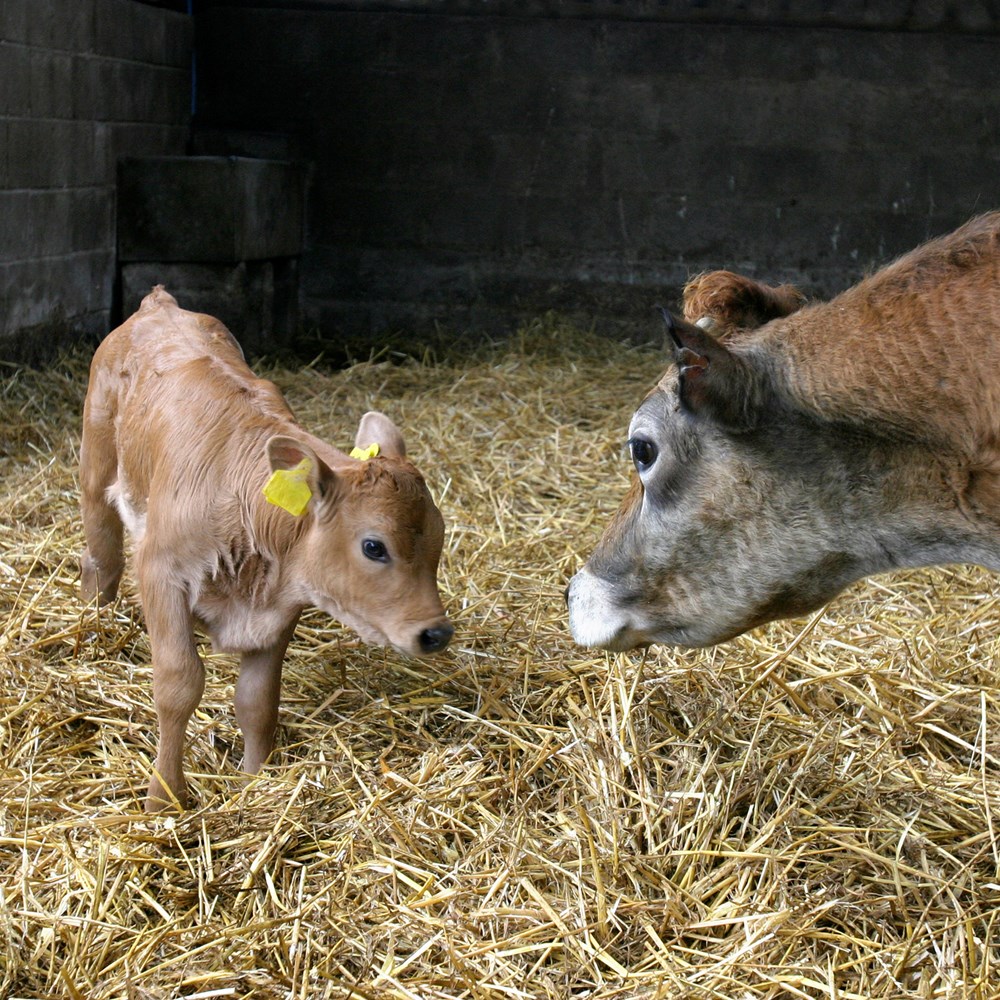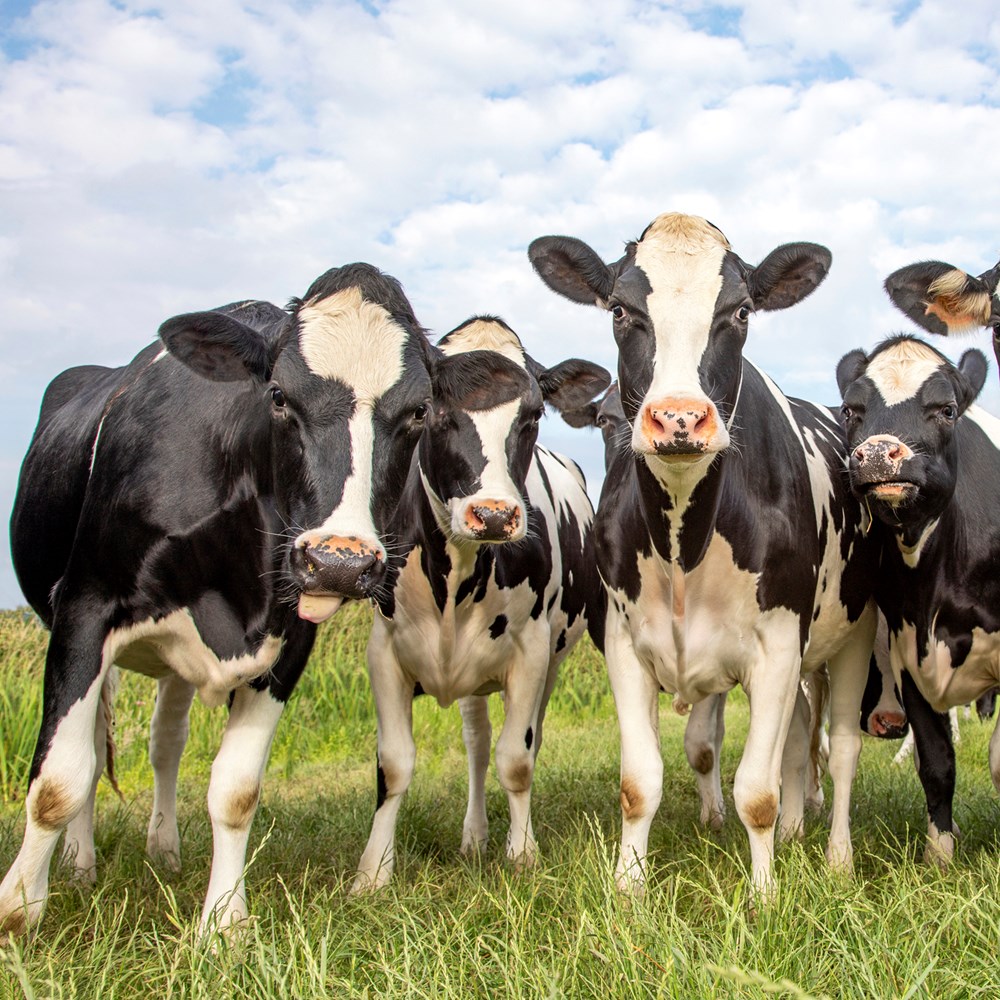Measuring animal emotional experience from body language
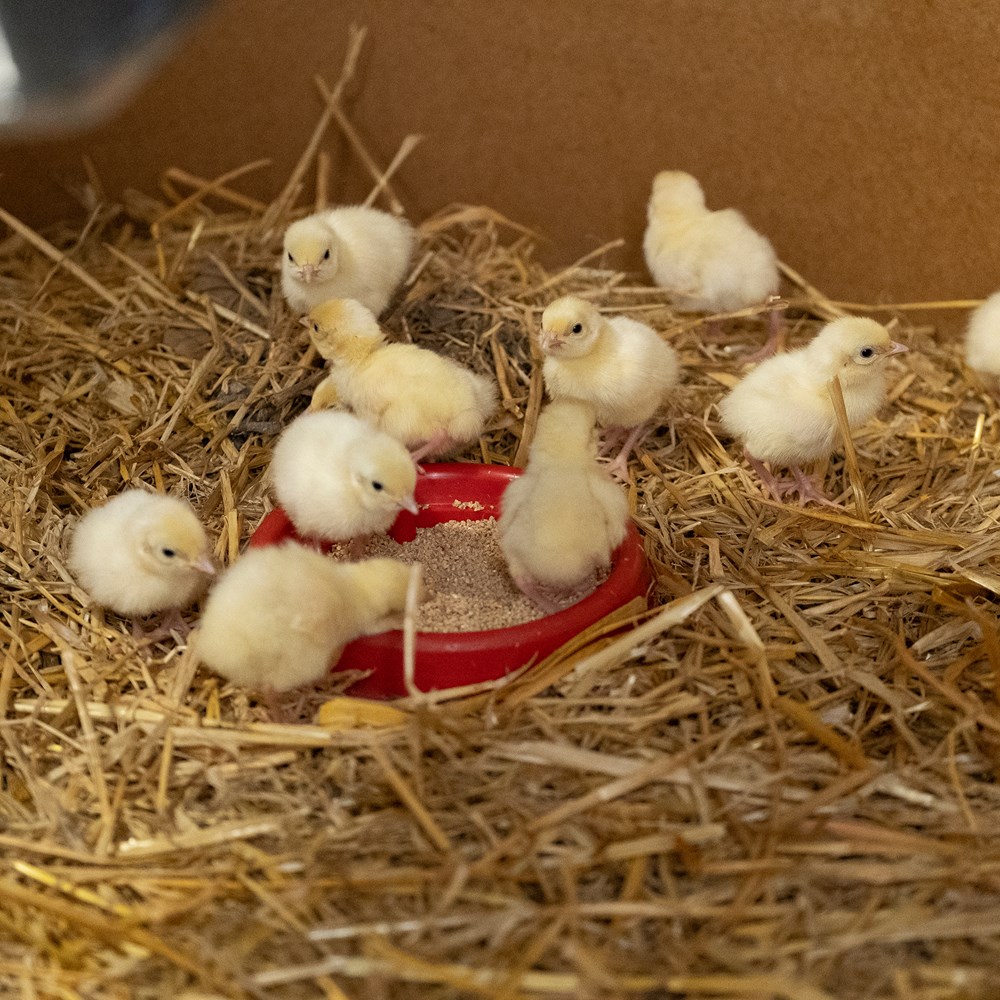
Animal emotional states are an important component of animal welfare, and to assess animal welfare we need to find reliable and objective methods to record animal experiences.
Our research has led to the development of a novel assessment approach, Qualitative Behavioural Assessment (QBA), which challenges conventional assumptions among scientists that an animal’s capability to experience emotions can only be measured indirectly through analysis of physical behaviours, often with an emphasis on negative behaviours such as biting.
Our method assesses an animal’s body language by describing not what the animal is doing physically (such as sitting or running) but how those behaviours are expressed in the way the animal moves, for example in a relaxed, agitated or bored manner. QBA provides a method for quantifying such qualitative terms so they are open to systematic scientific analysis
A particular strength of QBA is its capacity to include the positive aspects of welfare, the animal's 'happiness'. Elevated heart rate, for example, is an important stress indicator but could equally likely be a positive sign of joyful anticipation or exuberant play. QBA weighs up the various negative and positive aspects of an animal's expressivity to give insight into more subtle, balanced assessments of its mood.
New developments of this technique led to the creation of the QBA mobile app, which allows users to compare animal or herd scores to reference cohorts and track their welfare over time. We are testing the use of this approach in what has become a multi-award winning collaboration with Waitrose, to provide an insight into the lives of farmed animals.
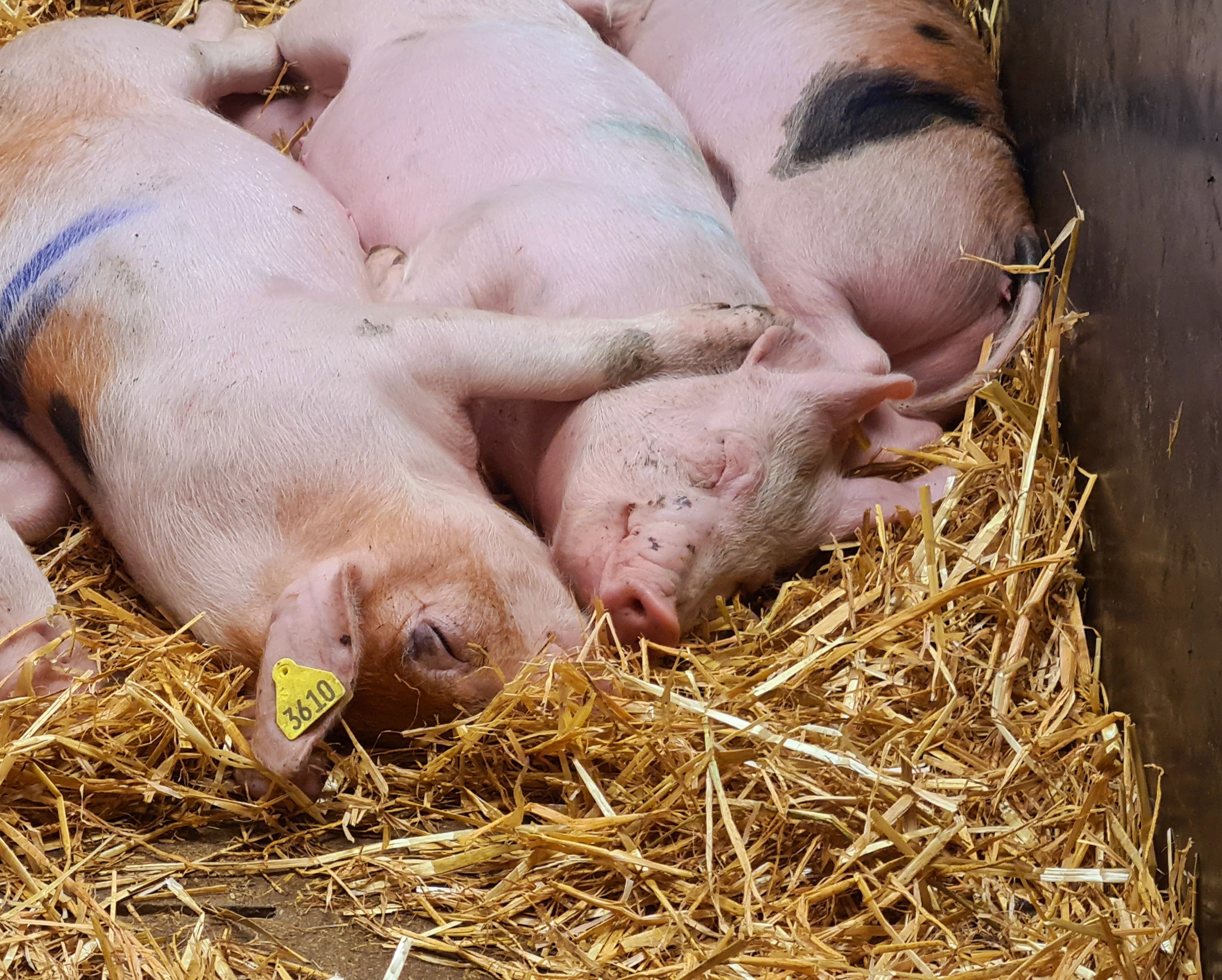
Express yourself
Facial expressions have been shown to be good indicators of pain in humans and animals. Our research is expanding the application of this approach by developing methods to assess facial expression in pigs, to provide an individualised assessment of the importance animals themselves place on their welfare experiences.
We are developing automated monitoring systems, based on machine vision, to detect pig facial features and infer emotional state from expressive changes. These can allow us to detect both positive and negative emotions, using non-intrusive technology, to provide insights into short term emotional reactions and longer term mood.
Positive emotions, such as those elicited by play, affectionate social encounters (including with humans such as elicited by tickling in rats), and excitement from the opportunity to explore and show positive environmental engagement, are important in determining animal quality of life.
Our on-going work in rats and farmed animals is exploring these emotional states, and how these can lead to improved physical and mental health.
Related content
Find out more about our services

Research news
Have a look at our latest news articles to find out more about our research activities and impact across the globe.
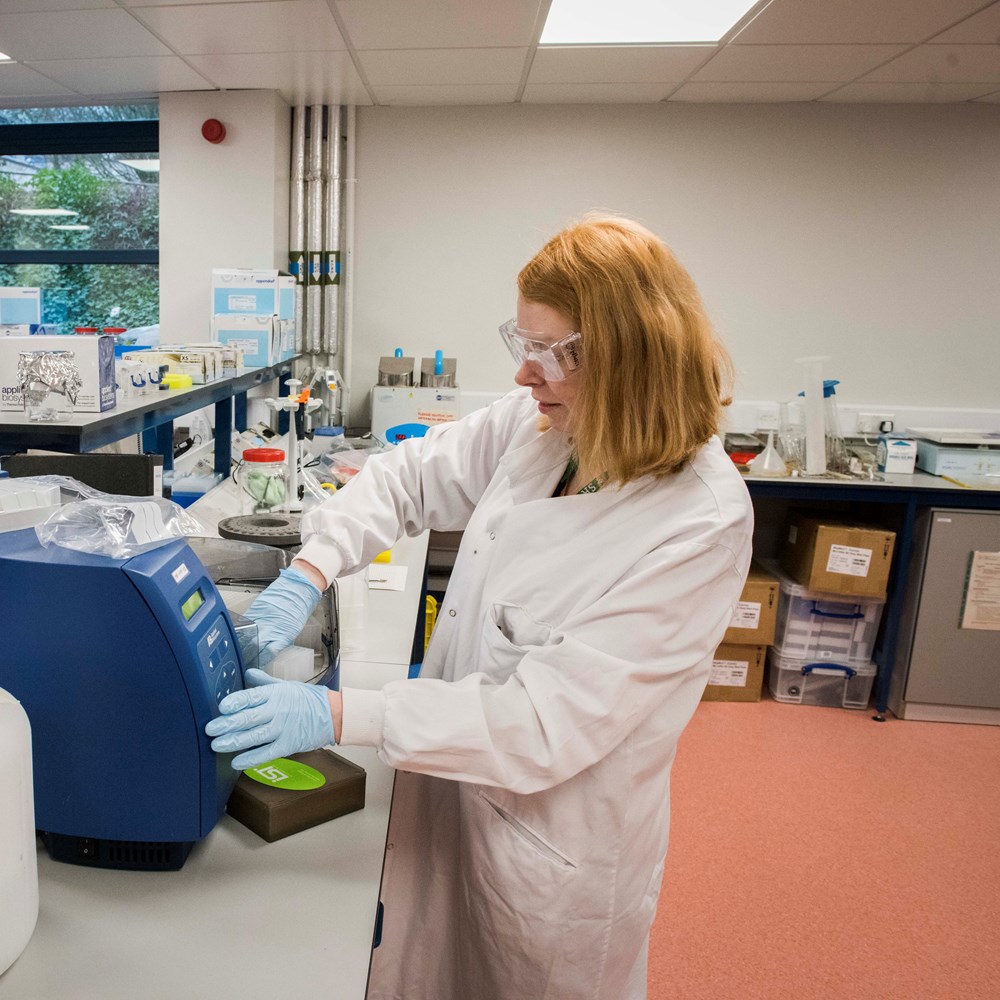

SRUC Pure
You can access our research outputs, learn more about our research team, see our current and past research projects and much more on SRUC Pure.

